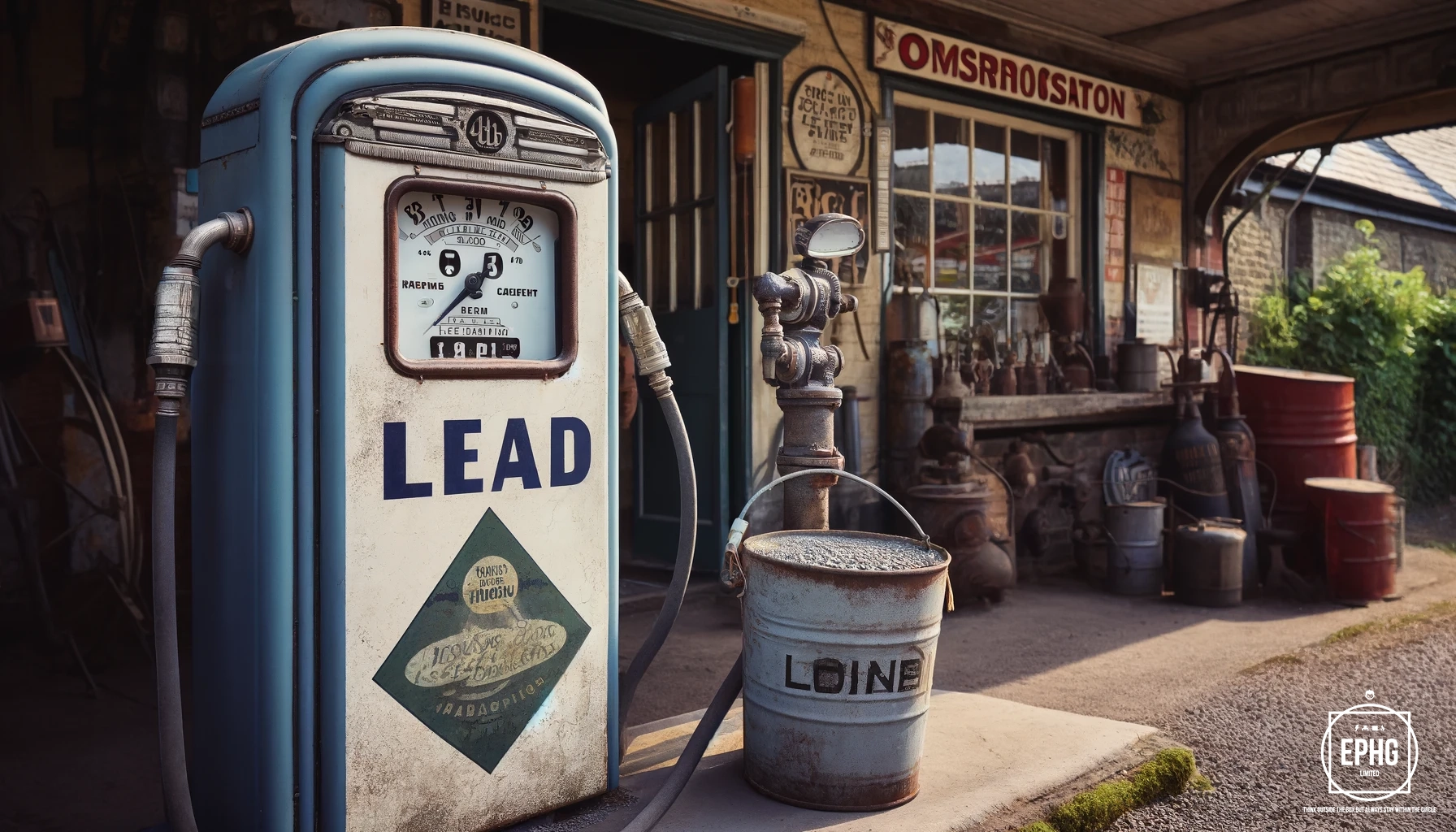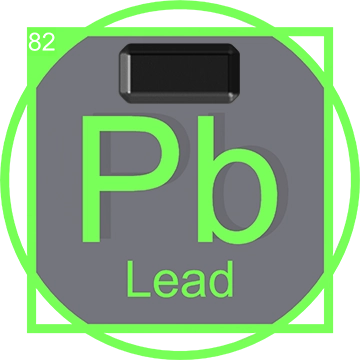Introduction to Lead
Lead, symbolized as Pb from its Latin name 'plumbum', is a heavy metal with a notable presence throughout human history. Esteemed for its high density, malleability, and exceptional resistance to corrosion, lead has been a preferred material in myriad applications ranging from construction and plumbing to protective shielding and weights. This metal's adaptability has seen its integration into cultures over thousands of years. However, the usage of lead has significantly declined in recent decades due to growing health concerns linked to its toxicity, prompting a re-evaluation of its applications in daily and industrial use.
Discovery and History of Lead

The history of lead is as ancient as civilization itself, with evidence suggesting that lead was first discovered and utilized by humans over 8,000 years ago. The Romans, renowned for their engineering prowess, utilized lead extensively in their plumbing systems, constructions, and even in everyday items like cookware and cosmetics. Despite these early uses, it wasn't until much later that the adverse health effects of lead were fully understood. For centuries, its utility was celebrated without knowledge of its toxicity. However, as scientific understanding evolved, the real health risks associated with lead exposure became undeniable, leading to a decline in its use in many public and private applications by the modern era.
Lead in the Periodic Table
Lead is positioned in group 14 of the periodic table, a group that also contains carbon, silicon, germanium, and tin. Each of these elements shares similar chemical properties but lead is unique due to its heavier atomic mass and denser structure. Lead has an atomic number of 82, indicating the presence of 82 protons in its nucleus.
For more details, visit the periodic table.
Scientific Significance of Lead
Scientifically, lead is known for its radiation shielding properties due to its density. It is commonly used in X-ray machines and nuclear reactors to protect against radiation. Additionally, lead isotopes are used in scientific research, particularly in the fields of geology and archaeology to date objects and environmental samples.

Technological Applications of Lead
Historically, lead was used in paints, gasoline, and pipes. Today, its primary use is in lead-acid batteries which power vehicles and provide backup energy solutions. Other applications include shielding in medical and scientific equipment, weights, and solders. The innovation in lead usage continues despite its toxicity, with stringent regulations controlling exposure.

Lead paint, once favored for its exceptional durability, opacity, and moisture resistance, was a staple in both residential and industrial applications. Its ability to maintain vibrant colors and withstand environmental challenges made it a popular choice across the globe. However, the discovery of its severe health implications, especially in children, led to a sharp decline in its use. Today, lead paint is heavily regulated and often replaced by safer alternatives in most countries.
Modern Challenges and Regulations Concerning Lead

The toxicity of lead is well-documented, leading to global efforts to minimize its use and exposure. Lead poisoning can affect almost every organ system in the body, particularly the neurological system. Chronic exposure to lead can lead to severe health issues including cognitive impairments in children, and cardiovascular problems in adults. Regulations such as the Reduction of Lead in Drinking Water Act and others aim to reduce lead exposure from industrial and consumer products. Additional measures include bans on lead in household paints and children’s toys, along with stringent workplace safety standards designed to protect workers in industries that still use lead.
Production and Mining of Lead
Lead is primarily extracted from the mineral galena (lead sulfide), which undergoes a series of processing steps to separate the lead from other elements. The ore is first crushed and then treated in a flotation process to concentrate the lead content. The concentrated ore is then roasted to convert sulfides into oxides, which are reduced to metallic lead through smelting.
Major lead mines include the Cannington Mine in Australia, the Red Dog Mine in Alaska, USA, and the Viburnum Trend in Missouri, USA. Lead is often found in ore with other valuable metals, such as zinc, silver, and sometimes copper. These by-products can be extracted during the lead refining process.

One particular lead mine in mind is the Artana Mine in Novo Brdo, Kosovo. This historic mining site has been known for its rich deposits of lead, silver, and zinc since the Middle Ages, making it a significant point of interest in European mining history. The region of Novo Brdo, famous for its mineral wealth, played a crucial role in the economic and industrial development of the area during medieval times. Today, the Artana Mine continues to contribute to the local economy, although it faces challenges such as environmental concerns and the need for modernization to improve safety and efficiency in extraction processes.
Current Uses of Lead

In modern times, lead is predominantly used in lead-acid batteries, which power vehicles and provide emergency power supplies. It is also used in the construction industry for roofing and in the production of protective radiation shields in medical and nuclear applications. Additionally, lead compounds are used in the glass and ceramics industries to enhance product qualities.
Lead roofing represents one of the oldest and most durable roofing materials used throughout history. Its malleability allows it to be formed into sheets and molded to fit intricate designs and shapes, making it ideal for weatherproofing and adding architectural accents to buildings. Despite the move towards more sustainable materials, lead roofing remains favored for restoration projects on historic buildings due to its longevity and classic appearance.

Lead-acid batteries are a cornerstone of modern energy systems, especially in automotive and backup power applications. These batteries leverage the ability of lead to undergo reversible reactions, providing reliable high current output and large power-to-weight ratios. As environmental concerns grow, the lead battery industry continues to innovate with recycling programs that recover over 99% of lead content, making lead-acid batteries a benchmark in sustainable energy storage technologies.

Lead glassware, often referred to as crystal, is prized for its aesthetic qualities—high refractive index and brilliant luster. The addition of lead oxide to glass increases its density and makes it more refractive, which allows it to catch and disperse light in a way that mimics a diamond-like sparkle. Although its use has faced scrutiny due to lead's toxicity, lead glassware remains popular for decorative items and special occasion stemware, where its beauty can be appreciated under controlled conditions.
Future Prospects of Lead
While the use of lead has been restricted in many applications due to health concerns, research is ongoing into safer and more sustainable uses. Future innovations may focus on improving lead battery technology to increase efficiency and reduce environmental impact. Additionally, lead's properties as a superconductor present opportunities for advanced technological applications in computing and communications infrastructure.













